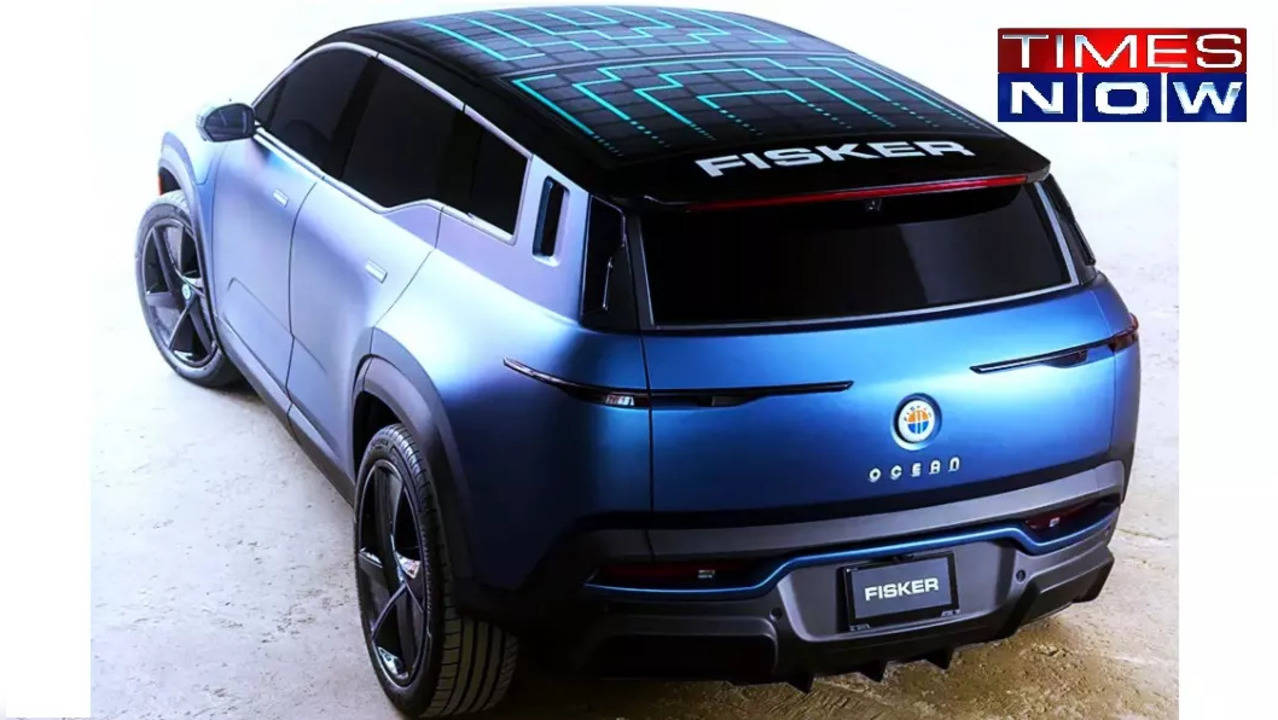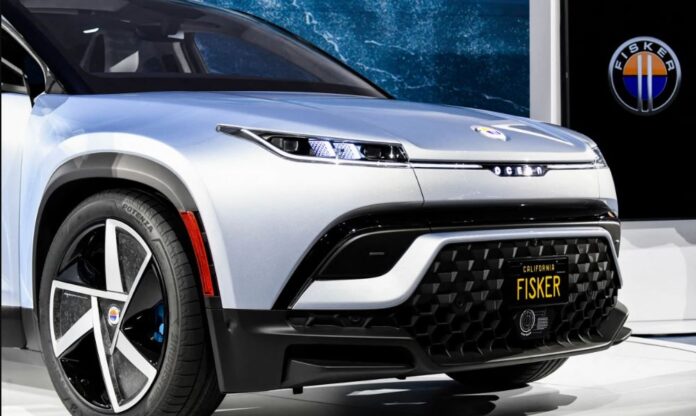Fisker filed for Chapter 11 bankruptcy protection on Monday, becoming the most recent all-electric vehicle company to do so in the face of weak customer demand, substantial capital burn, and problems with both the business and the product.

The writing has been on the wall for investors for some time now since Fisker, the company’s flamboyant founder and CEO Henrik Fisker, withdrew from social media and the public eye in February after issuing a going concern warning regarding its capacity to continue as a going concern.
It’s the most recent in a line of electric vehicle failures. A number of other businesses supported by SPACs, or special purpose acquisition companies, have also declared bankruptcy. Businesses like Proterra, Lordstown Motors, and Electric Last Mile Solutions are on that list. Others, like Nikola and Faraday Future, are still in operation but are only trading at less than $1 per share due to operational difficulties, missed goals, and general industry headwinds.
There’s a sense of déjà vu as this is Henrik second automobile company to declare for bankruptcy, both of which are registered under his last name.

The Fisker firm filed for bankruptcy after being unable to obtain funding from a major carmaker to survive. Fisker said almost four years ago that it would go public via a reverse merger with a SPAC backed by Apollo, valuing the business at $2.9 billion. Fisker received more than $1 billion in cash as part of the transaction.
Fisker, like many other businesses at the time, was propelled by cheap financing rates and Wall Street’s enthusiasm for EVs after the ascent of Tesla, the leading US electric vehicle manufacturer.
The success of Tesla was examined, and Sam Abuelsamid, chief research analyst at Guidehouse Insights, stated that Tesla was more of an exception than an example.
However, investor interest in EVs other than Tesla has dried up, costs have increased, and consumer acceptance of EVs has expanded more slowly than anticipated. Along with major operational challenges, the company also had to deal with the introduction of its first product, the Ocean SUV EV.
emphasis on software
Henrik equated the company with the leader in American electric vehicles, Tesla, upon the company’s 2020 SPAC IPO. He also praised the company’s production partnership with Magna, a Canadian auto supplier, drawing comparisons between it and Apple’s partnership with Foxconn.

Unlike the majority of its competitors, the carmaker hired a third party manufacturer to construct the Fisker Ocean crossover. According to Fisker, the alliance with Magna was intended to be a “asset-light” approach that would free up funds so the business could concentrate on developing software and other unique technologies.
Although Abuelsamid acknowledged the potential benefits of such a plan, he criticized the company’s management, accusing Geeta Gupta-Fisker, the chief financial and operational officer, of being incompetent. Gupta-Fisker is the spouse of Henrik.
It is possible to make that strategy work, he said. “The senior management’s incompetence was the issue in the Fisker case that I misjudged.”
Due to software problems, the company spent a lot of money and had to recall hundreds of Ocean SUVs in North America and Europe last month.
The business owes millions to software and engineering firms, including Adobe, SAP America, Manpower Group, and Prelude Systems, among others, according to its Chapter 11 petition. NBCUniversal, the parent firm of CNBC, is also mentioned as a major creditor.
The automotive sector requires a lot of capital. According to Stephanie Valdez Streaty, Director of Industry Insights at Cox Automotive, “you’re trying to match production with consumer demand and when they have any kind of issue with the vehicle, money has to be allocated to that.” It is particularly difficult “when they don’t have other revenues like [internal combustion engines] to fund it.”
Fisker Group Inc., its operating division, projected $500 million to $1 billion in assets and $100 million to $500 million in liabilities.

Fisker built over 10,000 Ocean EVs in 2023, but only sold 4,700 of them by the end of the previous year, leaving the company with $530 million in inventory.
Retrospection
It’s déjà vu for famed automotive designer Henrik Fisker, who is credited with creating the Aston Martin DB9 and BMW Z8.
Shortly after he departed the company in 2013, his first namesake, Fisker Automotive, filed for bankruptcy protection. Later, it paid $150 million to China’s Wanxiang Group for its assets.
For the entrepreneur, who claimed to have learned from his previous mistakes with his earlier defunct company, it was meant to be better this time.
A year after founding the new business, he remarked in 2017 that “having done this before, I’m in a unique position to kind of almost take lessons learned, which is very rare especially in the car industry.”
It’s difficult to overlook the similarities between the two bankrupt businesses, though.
Fisker himself put a lot of hype around both businesses, saying they will transform the sector. They were supported by “free” money, initially from the federal government and more recently from Wall Street, on the theory that electrified or “green” cars would be the way the auto industry developed in the future.
Significant quality issues that resulted in recalls affected both as well. 2011 saw the recall of Fisker’s initial Karmas due to a battery safety concern and fire hazard.
Both businesses frequently adjusted their focus and course of action.
With a direct-to-consumer strategy that mimicked Tesla’s model, the second Fisker produced over 10,000 vehicles, but only delivered over half of them. In January, it switched to a dealership-based distribution model.
However, this time there was a crucial distinction. Rather than American taxpayers, the second Fisker’s investors were left high and dry when it failed. While the government lost $139 million of the $529 million federal loan that supported Henrik Fisker’s first firm, the second was funded by Wall Street’s optimism about SPACs and EVs. April saw the delisting of its stock.
In an early Tuesday statement, a Fisker representative stated that while the firm is “proud of our achievements,” Chapter 11 was the right course of action.
The spokesperson stated in a release, “Like other companies in the electric vehicle industry, we have faced various market and macroeconomic headwinds that have impacted our ability to operate efficiently.” “We concluded that the most practical course of action for our company is to proceed with the sale of our assets under Chapter 11 after carefully considering all of our options.”
NEWS COLLECTED: NBC NEWS





